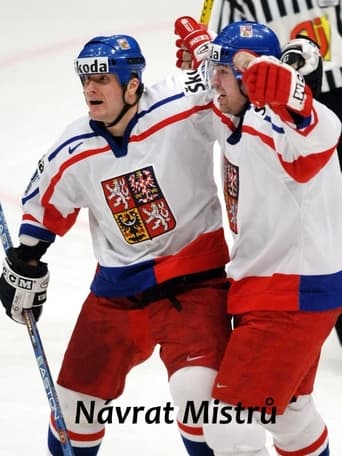
06 Sep 2005

Návrat mistrů
No overview found
Purportedly a track race being run on the course at Stockton-On-Tees, UK, followed by the crowd invading the course afterwards, as people often did at this time. This film is connected to George Henderson, a film collector and exhibitor active in the north-east of England.

06 Sep 2005

No overview found
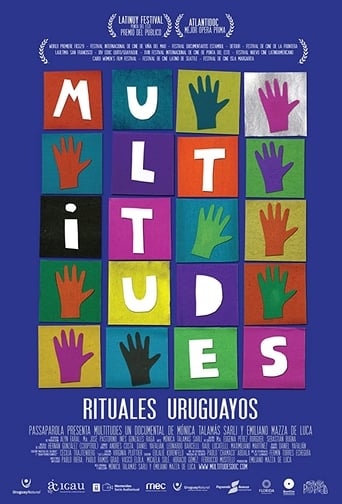
18 Aug 2016

Crowds is a feature documentary that records popular events of Uruguay where thousands of people gather spontaneously, called by faith, passion, celebration and memory. What happens when we set aside our individuality to act collectively? This documentary observes the passions that draw thousands of people close in order to join in a choral character. It discovers the crowd while it transgresses and experiences catharsis, while it seeks miracles and hopes; in continuous movement it splits and rejoins... until they dissipate and individuals re-emerge in their own solitude.
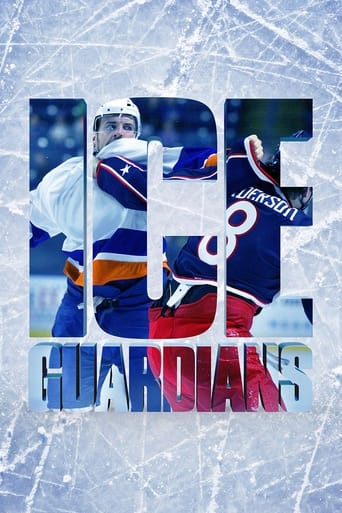
12 Sep 2016

On-ice enforcers struggle to rise through the professional ranks of the world's most prestigious hockey league, only to be confronted with a new found fight for the existence of the role itself.
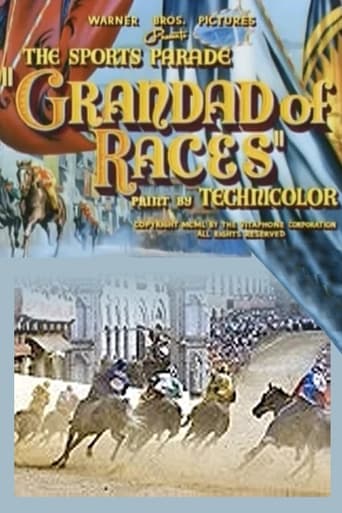
02 Sep 1950

Grandad of Races is a 1950 American short documentary film about the Palio di Siena held in the Piazza del Campo in Siena, directed by André de la Varre. It won an Oscar at the 23rd Academy Awards in 1951 for Best Short Subject.
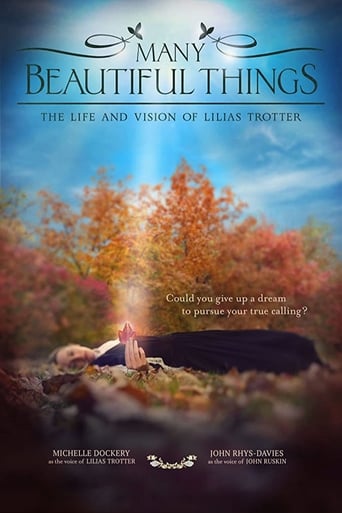
17 Oct 2015

In an age when women were incapable of joining the artistic dialogue, Lilias Trotter managed to win the favour of celebrated critics.

20 Nov 1895

A stationary camera, looking diagonally across a racetrack toward the infield, records the horses as they race past. Once they are out of view and the race is over, police officers run onto the infield. The crowd moves around.
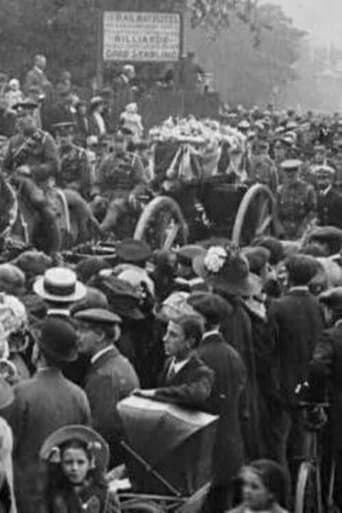
01 Sep 1912

Victims of a tragic air crash are honoured in a sombre military funeral procession through the streets of Hitchin.
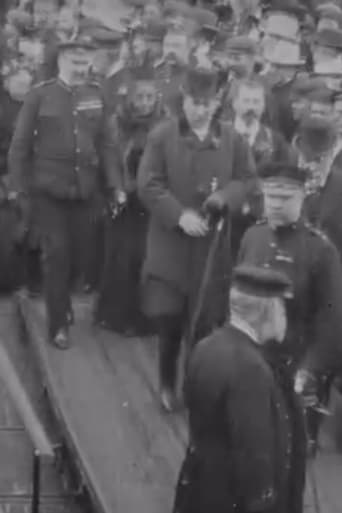
22 Nov 1899

Watched by crowds, Sir Redvers Buller, Lady Buller, the Mayor of Southampton and others walk along the gangway leading to the ship towards the camera. Sir Redvers pauses to be introduced to one of the ship's officers before embarking. According to BFI programme notes, the filmmaker William K.L. Dickson can be seen bottom left, attempting to introduce himself to General Buller as he passes. Film companies were in competition to film reportage of the Boer War and Dickson was one of those filmmakers keen to do so.

22 Nov 1899

Spectators on the quayside at Southampton wave farewell as the crowded troopship Roslin Castle moves away to the right of the picture. Large numbers of troops on board wave back to loved ones and the crowd including thr 2nd Battaliion West Yorkshires. Date: 20th October 1899.
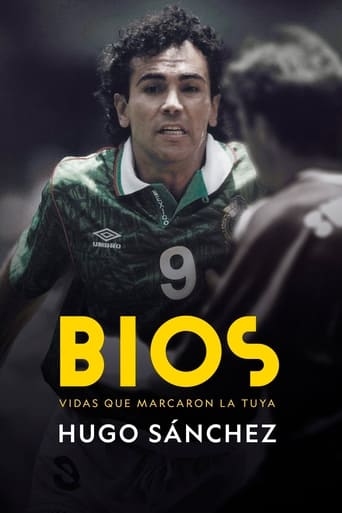
23 Jun 2023

Considered Mexico’s greatest footballer of all time, Hugo Sánchez sits down with Adrián Uribe to discuss the chapters of his life both from both on and off the pitch. Sánchez looks back at his career that began in Mexico and saw him reach the pinnacle of Spanish football, and also opens up about the death of his son, Hugo Jr.
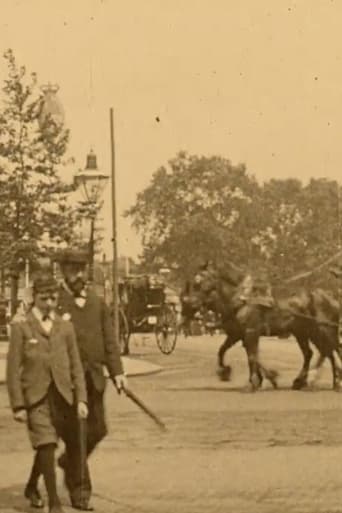
01 Jan 1896

Film made at Hyde Park Corner in 1896 by an unknown filmmaker. It looks south west across Grosvenor Place. The southern wing of St George's Hospital (today the Lanesborough Hotel) can be seen on the right of the picture. The road stretching away in the centre of the picture is Grosvenor Crescent. The busy two way horsedrawn traffic movement is seen on what would today be Grosvenor Place and Apsley Way (the road layout now is different to 1896). The approximate camera position would be today on Apsley Way, just east of the Royal Artillery Memorial. Not to be confused with another Hyde Park Corner film by British Pathé made in the same year but with a different view. (That film looks north towards the triumphal arch at the corner of Hyde Park next to Apsley House.)
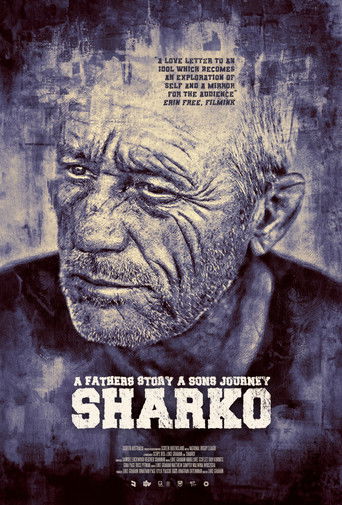
28 Nov 2024

Widely regarded as one of the greatest Rugby League players ever, kiwi hard-man Mark Graham was feared off and, on the field, though little knew the real man or the destruction behind his success. SHARKO, portrays an intimate look at the life of a father, a son and the cost of greatness.
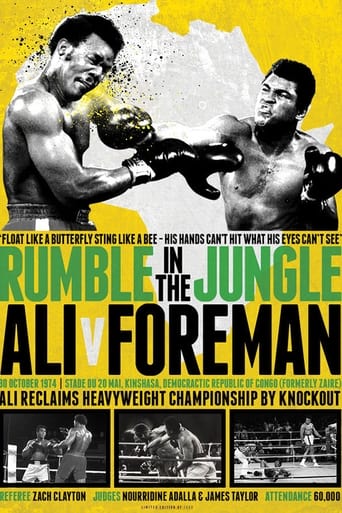
30 Oct 1974

George Foreman vs. Muhammad Ali, billed as The Rumble in the Jungle, was a heavyweight championship boxing match on October 30, 1974, at the 20th of May Stadium (now the Stade Tata Raphaël) in Kinshasa, Zaire (now Democratic Republic of the Congo), between undefeated and undisputed heavyweight champion George Foreman and Muhammad Ali. The event had an attendance of 60,000 people and was one of the most watched televised events at the time. Ali won by knockout in the eighth round.
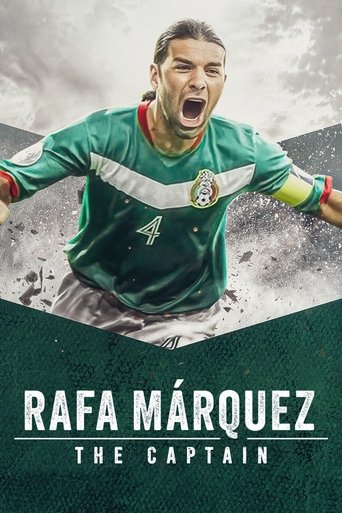
06 Jun 2024

The Mexican defender recounts wins and losses in the world of football and beyond, revealing an intimate look into his dreams, detours and determination.
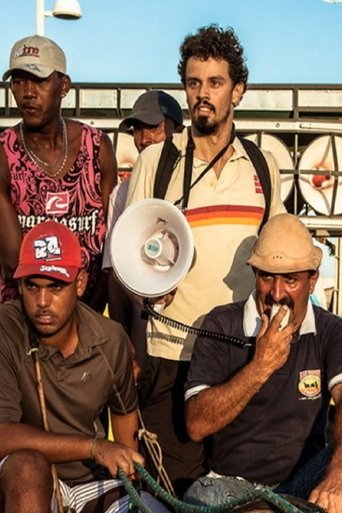
01 Aug 2012

As farm animals are prohibited anywhere in Recife, everyone who gets about by horse is made invisible from the point of view of the law. Only by dealing with the race as if it were scene from a movie – by being able, therefore, to have it considered as being to some extent a piece of "fiction" - is what would make the event feasible and fit to obtain the authorizations needed to make it happen from the official point of view.

08 Mar 2024

The extraordinary story of the 1971 Women’s World Cup, which was held in Mexico City and witnessed by more than 100,000 fans. This landmark tournament was dismissed by FIFA and written out of sports history – until now, with dazzling archival footage and interviews with the former players.
05 Aug 1955
This short film takes the viewer on a tour through the world of harness racing and show horses.
06 Jul 1898
A depiction in the hanging of Edward Heinson, an assumed criminal assault convict in Jacksonville, Florida.

28 Jun 2024

Using fascinating archive from Andy Murray’s life and career, this programme is an in-depth exploration of his incredible journey from Dunblane to becoming a sporting legend.

11 Jun 2024

No overview found